NFT’s In the Music Industry: Why Artists Should Care

NFT’s in the music industry have become the “new wave” for digital and recording artists alike. NFT’s, cryptocurrency, Bitcoin, and blockchain; it is likely that you have heard some of these terms recently. Well, the enigmatic realm of cryptocurrency is becoming more and more apparent, and inescapable, in our digital world.
Although the realm of cryptocurrency may seem vast and confusing, many artists have begun to harness its power. For example, DJs such as 3LAU, and RAC have made millions selling their work as NFTs. Kings of Leon sold the first-ever NFT album in March, along with other limited edition offers via crypto platforms; additionally making handsome profits into the millions.
But, what are NFTs, how have they collided with the music industry, and why should artists care about this new landscape at all?
What are NFT’s?
NFT’s or “non-fungible tokens”, are digital assets with verified proof of ownership. As opposed to “fungible tokens” like US dollars where I could trade 5 $1 bills for a $5 bill, each NFT is unique and therefore can’t be easily traded.
Imagine a Michael Jordan rookie basketball card in mint condition. Grading the card has proves its rarity and unique status. The card itself would be non-fungible as you could not effortlessly trade it for another rare basketball card.
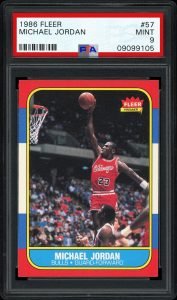
The concept is easy to grasp with tangible items like collectible cards or pieces of fine art. However, digital assets can range anywhere from MP3 files to notorious internet memes. So, how can we ensure the same unique authenticity?
This is where NFT’s enter the scene. Say you want to sell a song as an NFT. Whoever purchases the song receives both the MP3 file and a digital receipt that proves that this exact file is unique, authentic, and can’t be copied.
You may be thinking, “why does this matter if that same song could easily be found on streaming services? It matters because now a digital album file from your favorite band can be treated as a physical masterpiece.
NFT’s in the music industry open the door to a brand new marketplace for fans and collectors to invest in their favorite artists.
Why Should Artists Care?
At their core, NFT’s in the music industry, allow for artists to disrupt the traditional relationship between themselves and their fans.
Multi-ownership of recordings and compositions often obstruct an artist’s revenue stream; not to mention the crumbs of change paid out by streaming services. And, over the past year’s pandemic, it has become painfully clear to artists that live performances and touring is often the life-blood of an artist’s profit.
So let’s delve deeper into the specifics of how the NFT marketplace can shift the tides of the music industry in favor of the artist.
Cash Flow Imbalance
On average, recording artists receive around 12% of the revenue generated by the music industry. Although streaming revenue does contribute to an artist’s profit, music-industry lawyer, Erin Jacobson, claims “but it is still not enough on its own to financially support a career with longevity.” Furthermore, here are the royalty rates for some of the largest streaming services:
- Apple Music: $0.00783 per stream
- Spotify: $0.00318 per stream
- Tidal: $0.01284 per stream
- Amazon Music: $0.00402
- YouTube Music: $0.0008
Touring, merchandising, and licensing typically make up a majority of that 12%; and we know that booking shows and selling tickets hasn’t been easy in a global pandemic.
However, through NFT’s, artists can now make transactions directly with their fans, instead of diluting their revenue stream through the middlemen of the music industry. Naturally, the profit made from such transactions would depend on the value of your NFT as well as how supportive and willing your fanbase is.
Regardless, if an artist is already making profits from touring and merchandise, odds are they can tap into their fanbase, create a limited supply of NFT’s, and make a direct profit that would likely pay more than a few thousand streams.
NFT’s also allow you to sell pieces at a set price or put pieces up for auction. And, depending on how passionate your fans are, you can ignite a bidding war. This is how DJ Steve Aoki made a record-breaking auction sale of $888,888.88 in March.
“I’m Your Biggest Fan”
If you’re an artist on streaming platforms, then you probably have looked at Spotify or Apple Music’s data about your listeners. You may be able to see that your music is popping in Los Angeles and New York. Or maybe, you sold out your first show ever at your hometown venue and felt the love in person.

Although the digital metrics and the fan interactions may give you insights into where your fanbase lives, NFT’s in the music industry can quite literally show you who your biggest fan is. When you sell an NFT, the person who bought it is investing in you and your career because just like our Michael Jordan rookie card it can appreciate in value over time.
Not only this but NFT’s allow you to make royalties when your NFT’s change hands after the initial sale. So imagine taking home 10% of every resell for life; not too bad compared to the fraction of a penny you are getting from Spotify or Apple Music.
Exclusive Offers
NFT’s in the music industry also empower artists to create exclusive offers for fans that have traditionally been unavailable. For example, Kings of Leon, the first band to release an album as an NFT, offered a limited edition vinyl record as well as exclusive artwork.
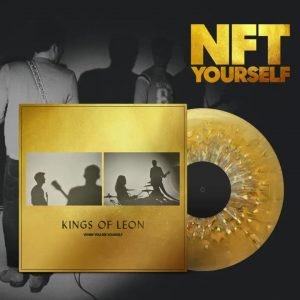
The band made $2 million in the first week. A majority of which can be attributed to their “Golden Ticket” auctions. Where the band offered fans a package of 4 front-row tickets, to every Kings of Leon headline show, for life.
This shows the versatility of the NFT marketplace and how artists can shift their traditional offers of music, tickets, merch, and more into the digital space.
“But, How Can I Start Selling NFT’s?”
NFT’s live on the blockchain. The blockchain is essentially a digital, transparent ledger that stores the information of transactions; everyone can see it and no one can change it. These transactions that take place on the blockchain utilize cryptocurrencies like BitCoin or Ethereum.
Since the realm of blockchain and cryptocurrency can seem daunting and endless, it is wise to do some personal research before rushing into the process. To get you started, here’s a quick breakdown:
Convert USD to ETH
- Ethereum is the second-largest cryptocurrency right now behind BitCoin and has been a popular choice in the NFT market so let’s use Ethereum for this example
- First, you need to sign up for an Ethereum wallet, converting your dollars into Ethers (ETH)
- Creating or “minting” an NFT costs an initial transaction fee so adding your ETH to your wallet is necessary
Choosing a Platform
- Your next step would be selecting a platform to sell your NFT’s
- There are two types of platforms to choose from, open platforms and curated platforms. Open platforms allow anyone to mint NFT’s whereas a curated platform would require approval by the platform team
- Some open platforms include Rarible and OpenSea & some curated platforms include SuperRare and NiftyGateway
- Next, once your ETH has been linked to your chosen platform, they will guide you through the process of how many pieces you want to mint, price setting or auction-style, resale royalties, and more, before minting
After you mint your NFT, the final step would be to market, share, and drive your fans towards your NFTs.
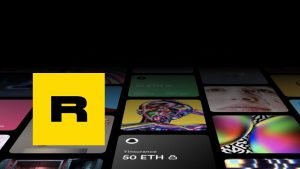
Getting everything in place to mint your NFT may seem like a daunting task but luckily the big NFT platforms understand that the complexity of doing so may deter artists and creators from entering the marketplace. Therefore, Rarible, for example, has unleashed The Rarible Protocol, a set of open-source tools to distill and simply the process of minting an NFT and distributing it into the market.
Independent and Digital Artists
“Kings of Leon makes $2 million in first week from NFT’s”
“Grimes sells $6 million worth of digital art, as NFT’s”
“Musician and producer, 3LAU makes $11.6 million in three-day NFT auction”
The headlines are intriguing, and the numbers even more so. But, the NFT auction-to-millionaire fast-track is not that simple. The key variable for these types of lucrative outcomes lies mostly in the popularity of the artist and the passion of their fans and/or collectors.
This, of course, does not mean it is impossible to sell and make money from NFT’s if you are an independent DIY artist. For example, with only 27,000 Instagram followers, the artist Young and Sick was able to sell an NFT for $865,000. But again, creating an NFT does not automatically create demand as well.
Digital Artists
Although a lot of recording artists are receiving praise in the headlines, a majority of their NFT’s are intertwined with digital art and visuals that enhance each piece.
For example, the Steve Aoki NFT that sold for the strange price of $888,888.88 was made in collaboration with digital artist Antonio Tudisco. All of the NFT’s in Aoki’s collection contained soundscapes layered upon digital animations made by Tudisco.
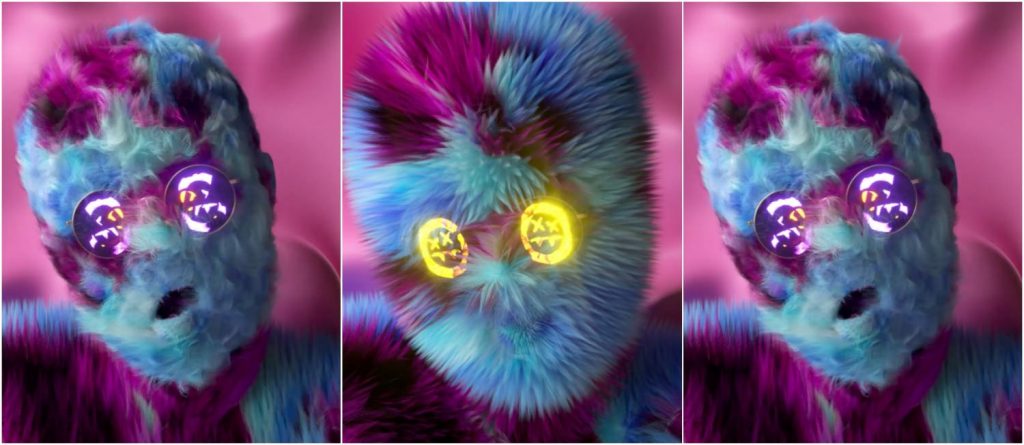
This highlights the opportunities that NFT’s offer for digital creatives. Digital art in and of itself has carved out its own portion of the NFT market, but now, in collaboration with illustrious recording artists, both audio and visual art are in digital demand.
FAQs
Are NFT’s Worth It?
Well, for the artist previously mentioned and countless others, yes. The equation is quite simple. If you are established in the music industry odds are you have the marketability to mint and promote an NFT with success.
For up-and-coming artists however, the time, effort, and resources necessary to convert money to crypto, mint your own NFT, and then make the subsequent sales may not yield the same outcomes as your more established peers.
How Will I Know If My NFT’s Will Sell?
Well, if you are an artist who has released music on a streaming platform, performed shows, and sold merch; look at your numbers.
Streaming platforms offer a limited glimpse of how many people are consuming your music and where your listeners are from. In addition with the impressions you left with fans after a show and how well your merch has sold, maybe you are captivating enough people to mint and auction your own NFT.
Are NFT’s Reselling?
Just like the initial NFT sales that we have discussed, the NFT resale market tends to be centered around those high-profile artists who are contributing to the NFT market in the first place. And those secondary sales are typically selling for higher prices.
Take the recent numbers from the second-largest NFT marketplace, SuperRare, for example. The secondary sales made on SuperRare accounted for 36% of its total sales in early 2021.
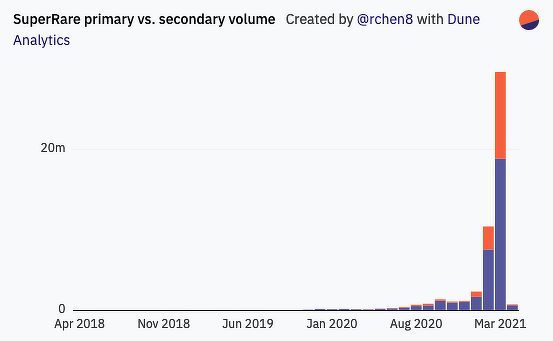
The secondary market of NFT’s are imperative. Secondary sales support and maintain the overall ecosystem of NFT art sales. They also persuade investors that the NFT bubble does not pop anytime soon.
Although both primary and secondary NFT sales are seemingly evermore lucrative, there are some downsides that come along with owning digital assets in the world of cryptocurrency.
There have been horror stories, unfortunately. Individuals who have forgotten a BitCoin password and consequentially lost millions of dollars in the process. And since the entire appeal of cryptocurrency is its decentralized system, the process of locating lost funds or claiming NFT’s after an untimely death is not as easy as calling a bank or checking their will.
Luckily, there are password managers like Password1 which can link valuable account information to a will in case of an emergency. Also, Coinbase, a cryptocurrency company, outlines exactly how family members can retrieve sensitive information in the case of a death.
Are NFT’s Bad for the Environment?
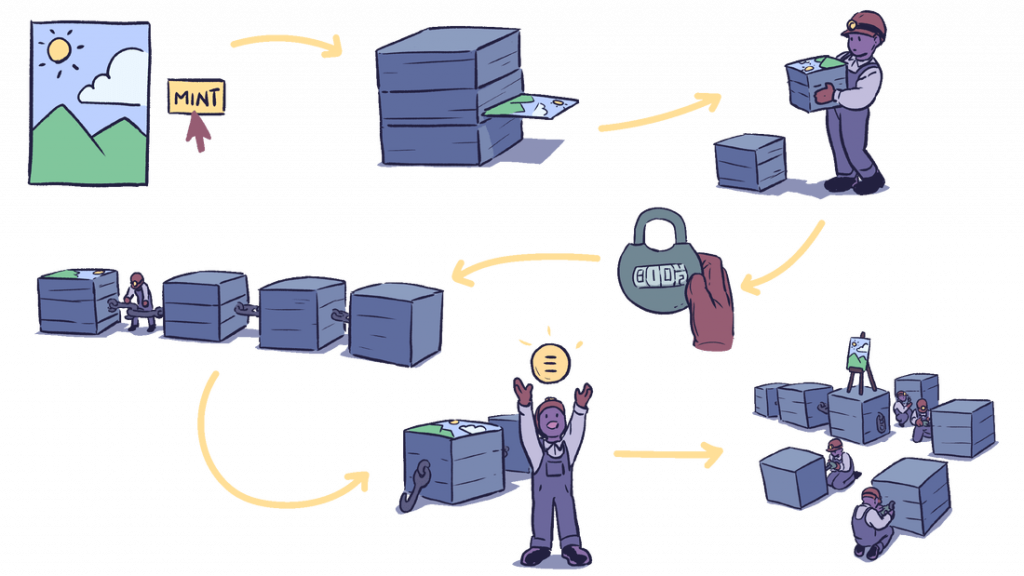
It is possible that you have seen headlines or read about the controversial impact of blockchain technology and the environment. But, how is digital money linked to environmental issues? Here is a quick breakdown.
National governments print more money every day. Cryptocurrencies, like Ethereum and BitCoin, mine for their digital coins. Miners have to solve intricate math problems for rewards such as the very coins they are mining for.
All of this digital computation results in massive energy consumption which in turn yields massive outputs of carbon dioxide emissions. To put this in perspective, Ethereum uses about 5.13 gigawatts of power, comparable to that of Peru.
Solutions and Alternatives
Although the big players in the crypto realm maintain massive, energy-hoarding infrastructures, there are solutions to reduce emissions and increase efficiency. One main solution would be switching from “proof of work” systems to “proof of stake” systems.
Currently, Ethereum functions on a proof of work system. Miners solve those complex mathematical puzzles which makes the system is difficult to hack or interrupt. Each transaction is then easily validated.
Proof of stake systems, however, require the users themselves to put up a sum of their own cryptocurrency before they can make any transactions. Users lose this sum as a penalty if they are caught attempting to cheat the system they would lose this sum as a penalty. The switch from proof of work to proof of stake would then reduce the overall energy consumption since the users, rather than the miners, would be validating the transactions.
Ethereum has been planning to make this switch for several years and is now on the verge of doing so. Carl Beekhuizen, a researcher and developer for the Ethereum Foundation, claims that this switch would reduce ETH energy consumption from 5.13 gigawatts to about 2.62, now comparable to a small town in the United States.
Tip of the Iceberg for NFT’s in the Music Industry
We have seen that NFT’s in the music industry are tried and true, and their success is apparent. The marketplace may not be immediately advantageous for artists who have not yet cultivated a brand worth investing in. Yet, NFT’s are slowly but surely creating a strong foothold in the world of artistry.
The technology of blockchain and NFT’s are up and running. But, the music industry is still a multi-faceted labyrinth of streaming platforms, record labels, and publishers. All of whom have become accustomed to taking home a piece of the pie. And many artists have begun to, unfortunately, realize that their own music is not owned by them. Yielding a new generation of artists who are eager to own what they create and earn what they are worth.
This is why NFT’s in the music industry have, and can continue to, disrupt the traditional fabric of the music industry. Changing the tides of cash flow and allowing artists to do business with their real consumers, their listeners, and fans. All while evading the middlemen of the music industry.



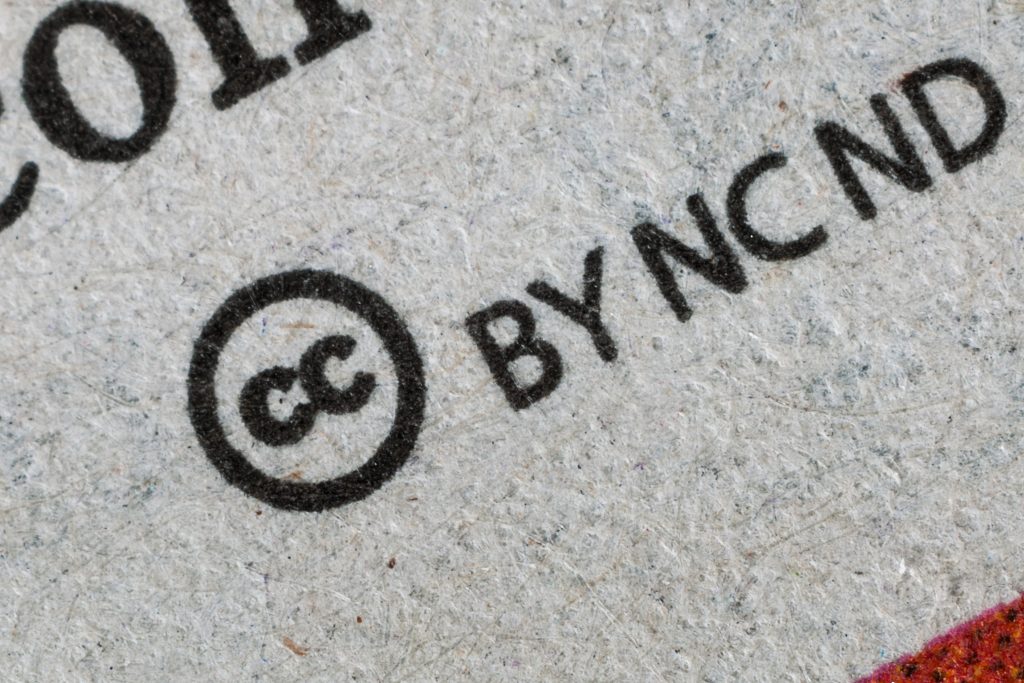
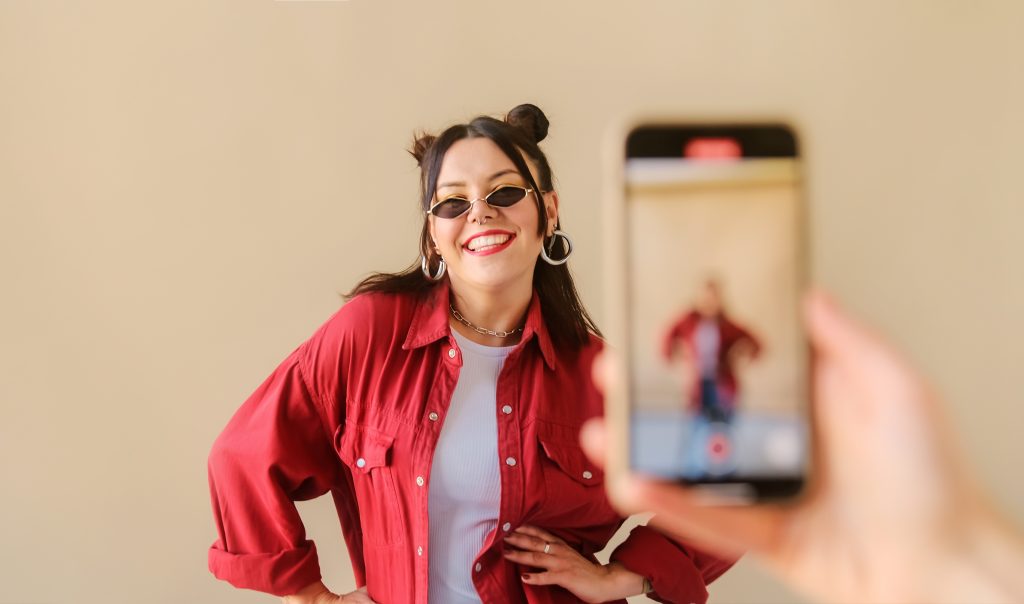
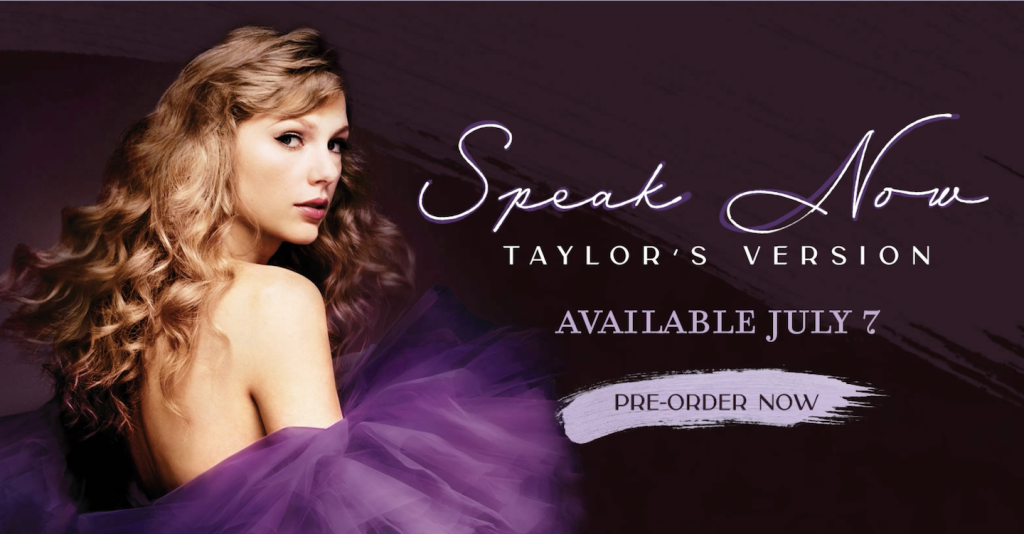
Responses